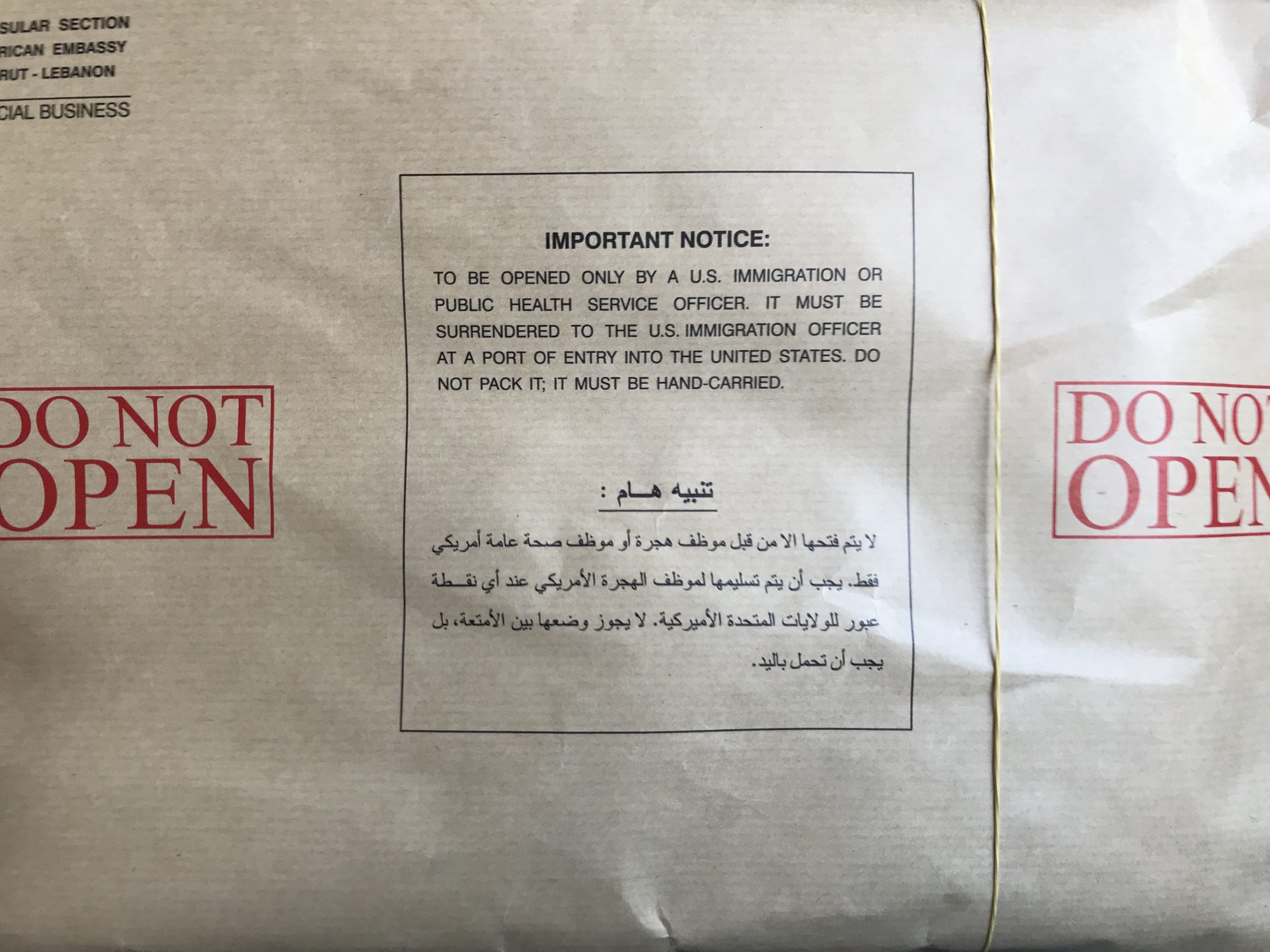There’s an ethics to looking that takes on sharp relief when one begins writing with light. Photography is the craft of capturing emanations from “out there,” and so, with a camera to look through, the predatory urge to survey and ensnare becomes a very real possibility.
But to look is not necessarily to see, and there’s an ethics to that moment as well. Viktor Shklovsky writes: “this thing we call art exists in order to restore the sensation of life, in order to make us feel things, in order to make a stone stony. The goal of art is to create the sensation of seeing, and not merely recognizing, things; the device of art is the “enstrangement” [остранение] of things and the complication of the form, which increases the duration and complexity of perception, as the process of perception is, in art, an end in itself and must be prolonged. Art is the means to live through the making of a thing; what has been made does not matter in art.”
Shklovsky wrote these words in 1917 as an intervention in the field of literature, and as I read more deeply in the arcane corners of visual theory, I’m realizing just how militarized the border or “paragone” between “poetry” and “painting” has historically been, but I think his basic insight can be smuggled back across and applied to the language of photography. He writes:
“Things that have been experienced several times begin to be experienced in terms of recognition: a thing is in front of us, we know this, but we do not see it. This is why we cannot say anything about it. Art has different ways of deautomatizing things…”
Yes, I’m being quite literal here; analog photography with toy cameras like this Action Sampler from c.1998 that I’ve used here have a way of “deautomatizing things” for all of us who experience and familiarize the world through digital means. With a plastic device, looking and seeing become estranged and enstranged: viewfinder and lens are separated, capture and review are divorced. Looking becomes just one moment in a process of seeing that starts at the shutter, develops at development, shifts at color correction, and is now still going, at this point of uploading and captioning—this framing.
This “enstrangement” is not unique to photography and its effects are not static; the more I use these devices, the more familiar the process becomes. My mind will make pathways that short-circuit what now feels prolonged and occult. I will be able to sense my compositions without my viewfinder; I will learn how light will interact with these emulsions; I will narrow the gap between looking and seeing—that is the task of professionalization, to bring the eye and the hand in tighter tandem: to produce.
But the art of making-strange finds a way of drawing us back to the borderlines, again and again. It’s why I picked up a camera in the first place; to look and not quite know what it is I’m seeing.
Reading the history of art can be just as strange; in our postmodern world, some of the anxieties around picturing that theorists seemed to be picking up on don’t necessarily feel that relevant to us today. When we read that Leonardo Da Vinci called poetry inferior for its “human lies,” we may be tempted to respond in our most zoomerest voice: “that sounds like a you problem,” and we wouldn’t be wrong. Many of the debates around images seem to me to more primarily anchored in the ur-image of the self.
Take our anxieties around AI-generated imagery; the question on everyone’s mind right now seems to be: “but is it art,” as though we’ve resolved the prerequisite question of what art is, anyway. To me, AI generates art the same way that photography generates art: through mechanisms of capturing emanations from “out there,” where the line between good art and better art is defined by our expectations of innovation and personality. There is no fundamentally ethical difference between harvesting prior art in neural networks designed for us by experts and capturing the resemblances of strangers on the street through apparatuses built in Japan; what matters is whether “we” like the output or not.
I put that “we” in quotes because this is essentially a process of stratification; all taste-making is. Taste is the art of distinction: analog versus digital, iPhone versus DSRL, coding your own AI versus using an app—the lines of comparison will be drawn and new identities will be set against them. This is the living history of making things and things making-strange.
And so, while AI brings up all sorts of questions around extraction and expression, it is not its artifice that is the problem, per se; it’s our growing familiarity with what we’re seeing with and against it that could become one. As Viktor Shklovsky put it over a century ago: “This is how life becomes nothing and disappears. Automatization eats things, clothes, furniture, your wife, and the fear of war.”
